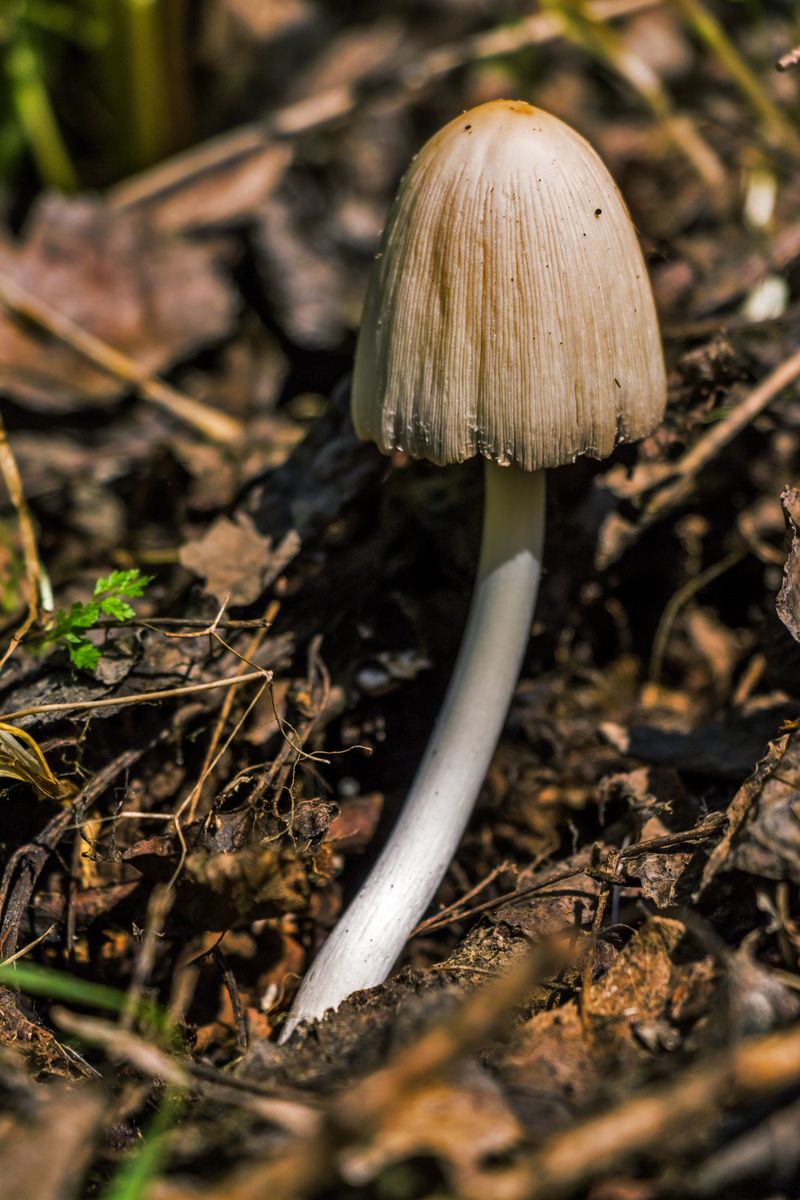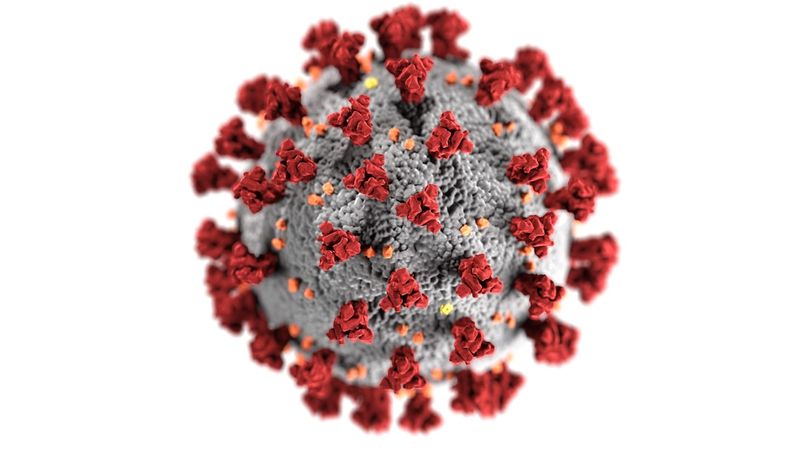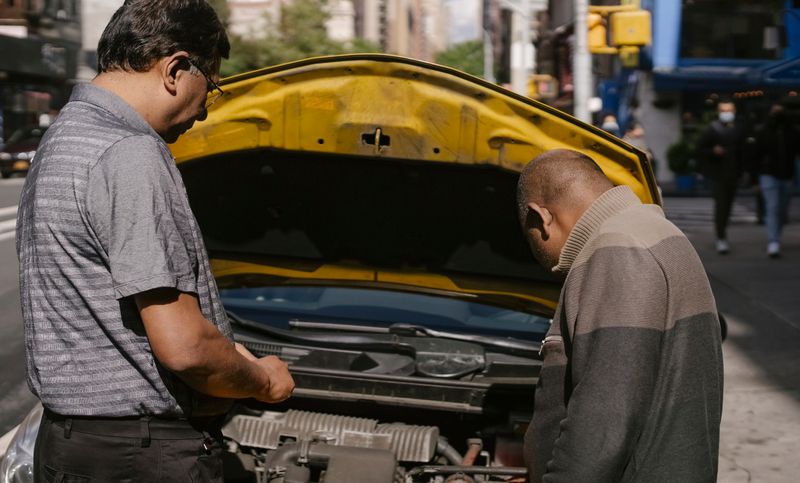Mushroom Mysterious: Suspected Poisoning Leaves Town in Mourning
Background
In a tragic incident that has left a rural Victorian town reeling, three people have died and one is fighting for his life after consuming a lunchtime dish believed to be a beef wellington pie contaminated with death cap mushrooms. The meal was prepared by Erin Patterson at her home in Leongatha on 29 July for her former parents-in-law, Don and Gail Patterson, and Gail’s sister, Heather Wilkinson, and her husband, Ian. The Pattersons, both 70 years old, as well as Heather, 66, have tragically passed away. Ian Wilkinson, a 68-year-old Baptist church pastor, remains in critical condition in the hospital.
A Deadly Delicacy
Death cap mushrooms, scientifically known as Amanita phalloides, are the world’s most toxic mushrooms and are responsible for approximately 90% of mushroom-related deaths globally. The main toxin found in death cap mushrooms is α-Amanitin, which cannot be destroyed by cooking or drying and can result in severe liver and kidney failure. The early growth stages of death caps have a white creamy color that can easily be mistaken for edible straw mushrooms. These deadly fungi typically grow under oak trees and are commonly found in Victoria and the Australian Capital Territory, although they rarely appear in other states.
A Suspect and an Investigation
Erin Patterson, who cooked the ill-fated meal, remains a primary suspect in the ongoing investigation. While she did not become ill after consuming the dish, police continue to scrutinize her involvement. However, authorities caution against speculating about the case prematurely, as it may turn out to be an innocent accident. Police have seized items from Patterson’s house and conducted forensic tests. They have also visited a nearby tip, presumably in search of evidence related to the incident.
Community in Mourning
The town of Korumburra, where Ian Wilkinson served as a pastor, is now mourning the loss of three members of their community. Mushroom foraging, a popular activity in the area, has unwittingly led to this tragic event. The local mayor has acknowledged the deep impact this incident has had on the close-knit community, as they grapple with the loss of loved ones and the shock of the suspected poisoning.
Editorial: The Perils of Mushroom Foraging
A Deadly Dilemma
The recent incident in Leongatha serves as a horrifying reminder of the dangers associated with foraging for wild mushrooms. While mushroom foraging can be an enjoyable and rewarding activity, it also comes with inherent risks. The case of the death cap mushrooms exemplifies the need for caution and knowledge when engaging in this pastime. Even experienced foragers can make fatal mistakes, as the death cap’s resemblance to edible varieties can be deceiving.
The Regulatory Challenge
With the popularity of mushroom foraging on the rise, it is imperative that authorities take proactive measures to educate the public about the risks involved. Adequate regulation and enforcement can help prevent incidents like the one in Leongatha from occurring. Providing comprehensive information about identifying poisonous mushrooms and conducting regular awareness campaigns can play a crucial role in safeguarding communities.
Advice for Mushroom Foragers
Education and Training
Before embarking on any wild mushroom foraging expedition, individuals must equip themselves with the necessary knowledge and training. Attend workshops, join foraging groups, and consult with experienced foragers who can teach you how to identify different species correctly. Familiarize yourself with the characteristics of deadly mushrooms, such as the death cap, to minimize the risk of accidental ingestion.
Location Matters
When searching for wild mushrooms, pay attention to the specific locations where they typically grow. Different species thrive in different environments, so it is crucial to familiarize yourself with mushroom habitats. As mentioned earlier, death cap mushrooms often grow under oak trees, making it important to exercise caution in these areas.
Double-Check and Triple-Check
Never assume that a mushroom is safe to consume based solely on its appearance or similarity to edible varieties. Always cross-reference your findings with reputable field guides or consult experienced foragers before consuming any wild mushroom. When in doubt, err on the side of caution and discard any mushrooms that you are uncertain about.
Conclusion
The suspected poisoning in Leongatha has shed light on the dangers inherent in mushroom foraging. As communities mourn the loss of loved ones and a pastor fights for his life, it is crucial for authorities to raise awareness about the risks involved and implement measures to ensure public safety. Mushroom foragers must prioritize education, location awareness, and meticulous identification practices to prevent further tragedies like this from occurring.

<< photo by Pixabay >>
The image is for illustrative purposes only and does not depict the actual situation.
You might want to read !
- Is WeWork Doomed? Australian Experts Express Concerns Over the Company’s Viability
- “Unraveling the Tragic Tale: Examining the Ex-Husband’s Role in the Deadly Mushroom Lunch Incident”
- “The Legacy of Geelong’s Beloved Wingman, Isaac Smith, Hangs High as Retirement Looms”
- “Fernando Villavicencio Assassinated: The Implications for Ecuador’s Presidential Race”
- Anchor’s Aweigh: A Recap of Below Deck Down Under’s Boundary-Pushing Voyage
- End of an Era: West Coast Eagles Captain Luke Shuey Bids Farewell, Blaming Hamstring Woes




